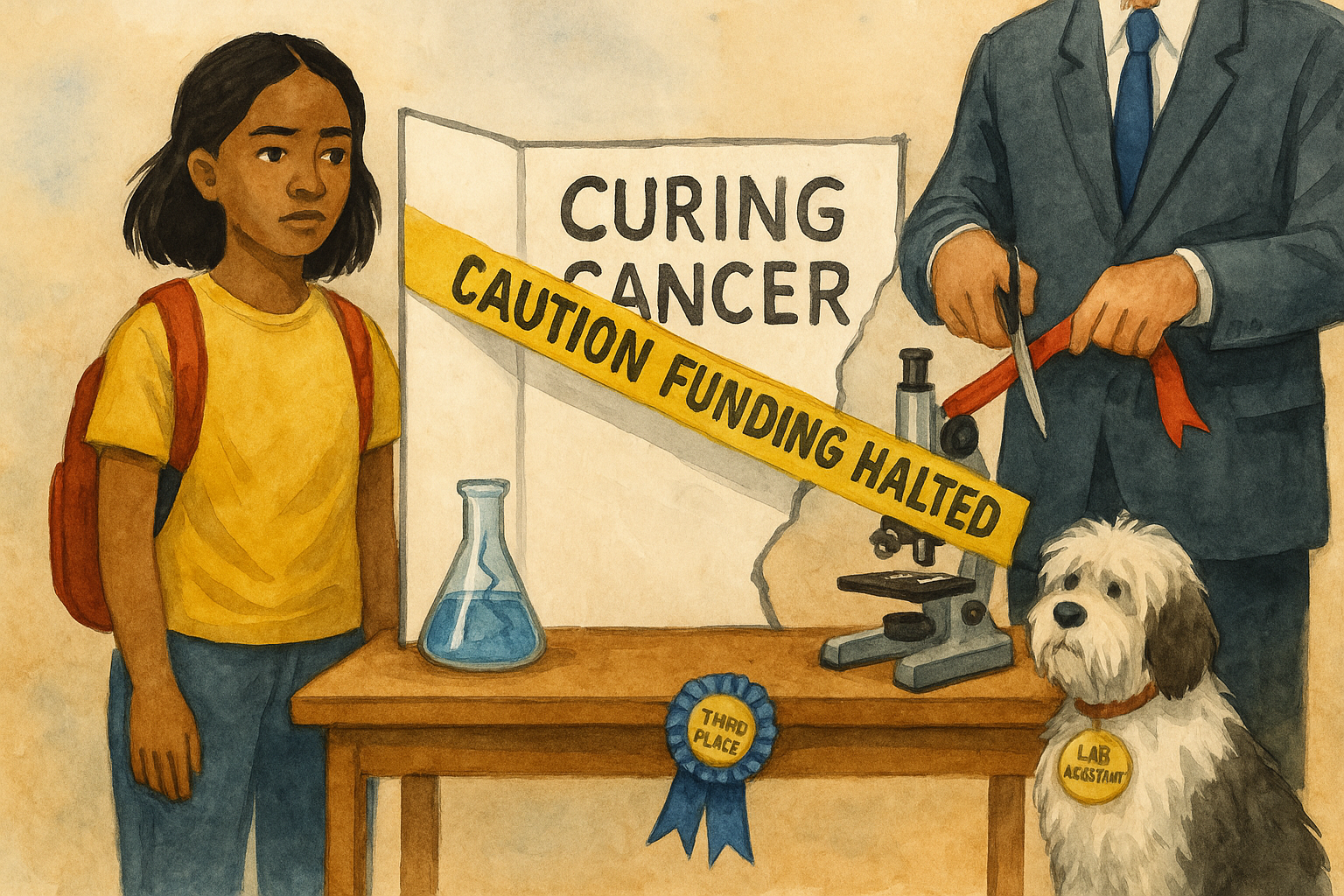
What Budget Cuts to Medical Research Mean for College Applicants
You don’t need a lab coat and a pipette to play it smart in STEM. But if you’re applying to college with dreams of curing cancer, mapping the genome, or running your own bio lab one day, here’s what you do need—context.
Recently, federal funding for medical research, including large swaths of NIH grants, took a noticeable hit. And while we’re not here to play political pundit (Top Dog doesn’t do partisan), we are here to decode what this shift means for you, the college applicant, and how to stay ahead of the curve.
Because here’s the thing: the game is changing. But smart players still win.
So What Actually Changed?
The National Institutes of Health (NIH), which historically dishes out billions in research funding, has seen significant budget cuts. That means fewer grants for professors. Fewer projects in university labs. And, you guessed it: fewer slots for undergrads to jump into the research pipeline.
For students hoping to make a splash in biomedical fields, public health, or hard science innovation, this creates a new reality: more competition for fewer funded opportunities.
But don’t panic. Adapt. Here’s how.
Strategic Moves for STEM Applicants (a.k.a. How to Not Just Survive, But Thrive)
1. Follow the Money, Literally
Some universities (think Stanford, MIT, Duke, Hopkins) have massive internal funding and private partnerships. These institutions aren’t relying solely on federal grants to fund research. If you want stability and access, prioritize schools that invest in their own labs.
👉 Ask admissions reps directly: “How has your school adapted to recent changes in federal research funding?” If they stumble, keep walking.
2. Broaden What You Call ‘Research’
Not all scientific breakthroughs come from test tubes. Public health fieldwork. Epidemiology modeling. AI-driven diagnostics. These aren’t just buzzwords—they’re active, well-funded sectors where undergrads can thrive. Flexibility is power.
3. State Programs and Private Labs Are Underrated
Look beyond campus. State health departments, biotech firms, and medical nonprofits are stepping up with paid internships and research initiatives that don’t rely on NIH dollars. Bonus: they’re often more nimble and hands-on.
4. Build Your Personal Research Brand
You don’t need a university grant to prove your scientific curiosity. Launch an independent project. Join competitions like Regeneron or ISEF. Analyze local health data. Record a podcast about gene therapy. Show colleges you don’t just wait around for opportunity—you invent it.
5. Go Where the Energy Is
Some areas of research are seeing more momentum, not less. Think:
– Mental health
– Climate-linked health science
– Bioinformatics and personalized medicine
– Pandemic resilience
If you're still choosing a major, consider aligning with fields that are growing, funded, and in demand.
The Bottom Line
Federal funding changes aren’t the end of opportunity; they’re the start of a new kind of strategy. The students who win in this new landscape aren’t just the ones with the perfect GPA or summer internship. They’re the ones who know how to ask better questions, follow the money, and zig when everyone else zags.
If you would like help figuring out how to tell that story in your college apps, you know who to call.
Stay scrappy. Stay smart. Stay Top Dog.

Post a comment